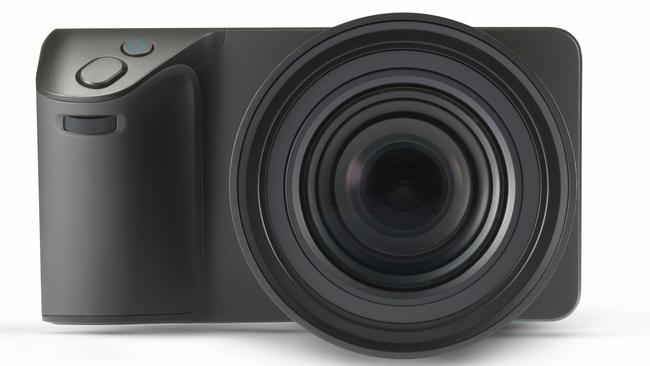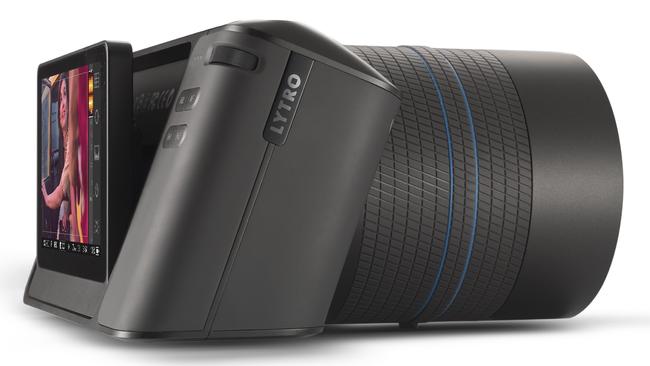First professional light-field camera, the Lytro Illum, is more innovation than novelty
LYTRO’S first professional light-field camera lets users change focus and create movement in a photo after it is captured. Is it all just a novelty?

Lytro Illum / 4/5 stars
$2149 / blonde-robot.com.au
Is it a gimmick or a camera revolution? A scientific achievement or a photographic toy?
Light-field photography, as used in Lytro cameras, raises plenty of questions and the arrival of the brand’s first professional camera is likely to spark even more.
The Lytro Illum is significantly more advanced than the first, features important additions that make “living pictures” easier to compose, and a lens that is both lightweight and sophisticated.
It is also, hands down, the sexiest camera in the market.
At $1799, however, the Lytro Illum is under pressure to justify its place in the market.
For those unfamiliar with light-field photography, it is the art of recording light from all angles and was once achieved only with a wall of cameras feeding a supercomputer.
Australian scientist Dr Ren Ng created a way to achieve the same result using microlens array technology, used in the first Lytro camera in 2012.
The technology lets users take a photo and choose its focus afterwards, even switching focus between the foreground and background of an image with a click of the mouse.
A contented cat could be seen at first glance, and a overenthusiastic child poised behind after swapping focus.
As light is captured from all angles, users can also change the perspective of an image, as if looking from side to side inside it.

The Illum brings this technology to a professional level using a more powerful sensor and processing engine, and adding a large but lightweight lens with an f2.0 aperture and 30-250mm zoom.
The sensor inside this camera captures 40 megarays, up from 11 in the previous, pocket-sized model, and the resolution jump is obvious. Images are a sizeable 50 megabytes, and their clarity impresses on a tablet or computer screen.
Taking light-field photos is a challenge, however, as good shots must include elements in the foreground and the background to swap focus.
To help compose shots, the Illum adds a Lytro button. It highlights foreground elements in blue and background elements in orange. Users must achieve a balance of the two for a good result.
Users can review light-field shots on the camera’s 4-inch touchscreen, and touch images to change focus.

This screen can also be moved up and down to a more comfortable angle, and used to access its menu for settings such as Program mode, shutter priority, and light sensitivity up to 3200 ISO.
Keen users will note there is no aperture priority setting in this camera. That is because all photos are taken at f2.0 and that aperture can be changed using Lytro software afterwards.
With this software, users can also change a photo’s focus depth, alter its exposure, or even create an animated video that moves through its focus range.
Once uploaded to Lytro’s website, these “living” photos can be shared to Facebook, Twitter, Pinterest, Google+ or embedded on a website.
The Lytro Illum does have shortcomings, however. It works best in bright environments, and its highest ISO settings are best avoided.
It doesn’t shoot as quickly as other cameras in its price bracket, wireless uploads are slow and only compatible with Apple devices currently, and it won’t record video.
Those who want to print photos should seek another camera, as its one-dimensional images are only five megapixels in size. This camera’s photos are designed to be shared online.
The Lytro Illum will not replace DSLR cameras right now, but it has introduced something genuinely original into the market and a technology that forces users to think differently.
When executed correctly, its results are like no other, and that’s not a gimmick but a marvel.



